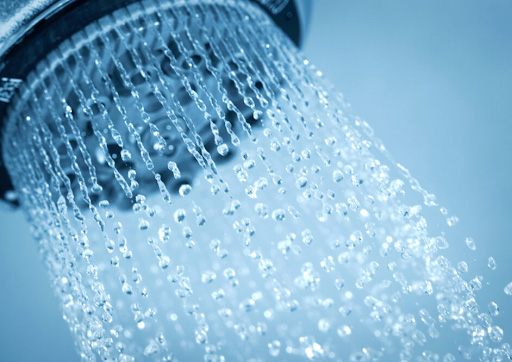7 Easy Service Steps to Increase Water Softener Longevity
A well-maintained water softener can provide dependable performance for years, supplying your home with clean, scale-free water and protecting your appliances and plumbing. Regular servicing not only ensures optimal performance but also extends the lifespan of your unit.
In this post, we will look at seven easy service steps you can perform to keep your water softener operating reliably.
1. Check the Salt Levels Regularly
Your water softener relies on salt to function correctly. At least once a month, check the brine tank to ensure there is an adequate amount of salt. If the salt level is low, refill it with high-quality salt pellets or crystals as recommended by the manufacturer of your softener.
2. Use a Water Softener Cleaner Every 3 Months
Hard water minerals and iron can build up in your water softener’s resin bed over time, reducing efficiency. To keep it running smoothly, use a water softener cleaner every three months. A cleaner helps remove buildup and restore your softener’s performance in a few simple steps:
- Pour the recommended amount of cleaner into the brine tank or designated softener port.
- Manually regenerate the system if needed (refer to your owner’s manual for specific instructions).
- Let the cleaner work through the system to flush out contaminants.
3. Inspect and Clean the Brine Tank
In some water softeners, salt can form bridges or mushy sludge at the bottom of the brine tank, reducing effectiveness. Every six months, do the following:
- Empty the tank and remove any clumps of salt.
- Use warm water and mild detergent to clean the inside.
- Refill the tank with fresh salt and water before restarting the softener.
4. Check the Resin Beads
The resin beads inside the softener are responsible for removing hardness minerals from water. If your water softener is not softening water effectively, the beads may need recharging or replacing. If you notice a decline in performance despite regular maintenance, consult a professional for an inspection.
5. Inspect the Venturi Valve and Nozzle
The venturi valve and nozzle help control water flow during the regeneration process. These components can become clogged with sediment or debris, reducing efficiency. Every few months:
- Remove and clean the valve following your manufacturer’s guidelines.
- Ensure all openings are clear and free of buildup.
6. Check the Bypass Valve and Connections
Leaks or faulty connections can impact your softener’s efficiency. Periodically inspect the bypass valve and plumbing connections to ensure there are no leaks or loose fittings. If you notice any issues, tighten fittings or replace worn-out parts as needed.
7. Monitor Water Quality
If you notice an increase in scale buildup, soap lathering issues, or a change in water taste, it could indicate a problem with your softener. Conduct a hardness test to verify whether your system is functioning properly. If the water remains hard, it may be time for a professional inspection or repair.
WaterBoss Water Softeners – Designed for Easy Maintenance
WaterBoss water softeners are engineered with convenience in mind, making maintenance simpler for homeowners. With built-in self-cleaning filters and a compact design, these softeners require less frequent intervention. Their efficient regeneration process and fine mesh resin reduce salt and water usage, while intuitive digital controls allow users to easily monitor and adjust settings as needed. These features help ensure optimal performance with minimal upkeep, making WaterBoss a reliable choice for hassle-free water softening.
No matter what type of water softener you own, regular maintenance is essential for ensuring its longevity and efficiency. By using a water softener cleaner every three months—now conveniently available at Menards, Ace, and Sutherlands—you can prevent buildup and keep your system running smoothly.






